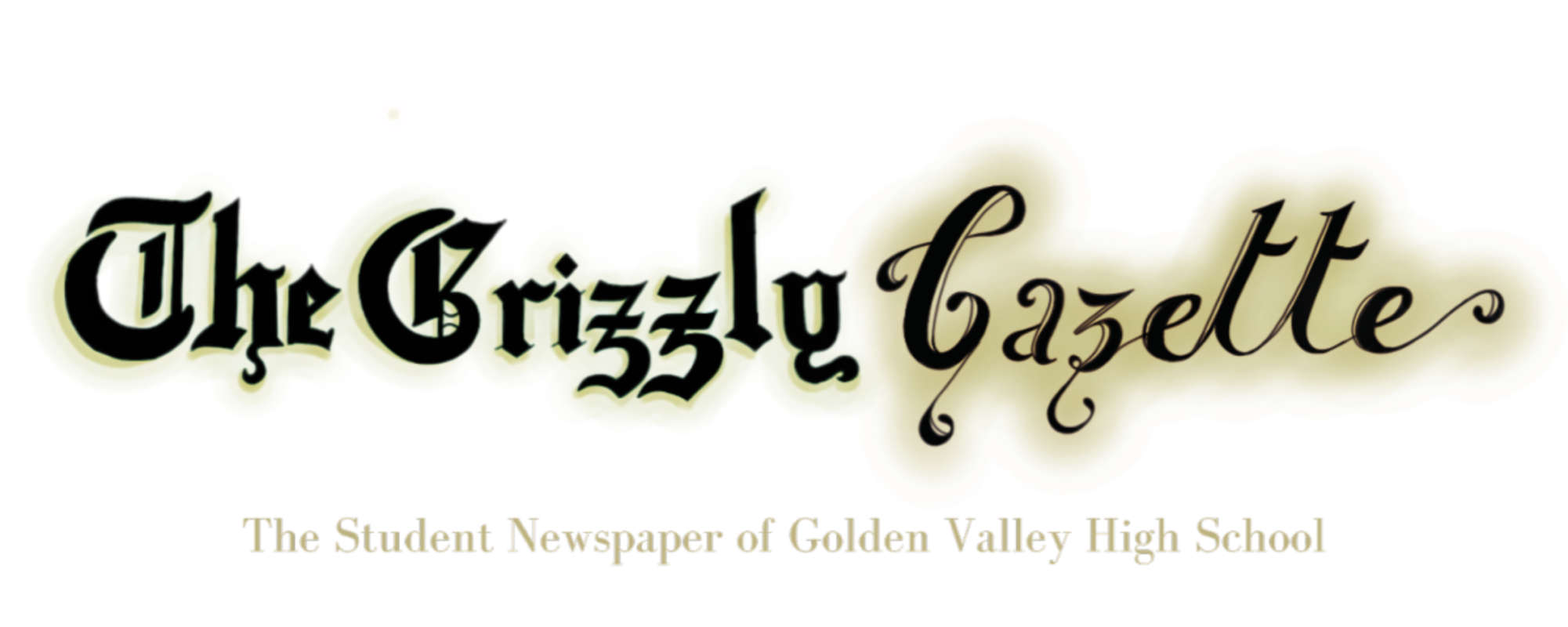Some teachers aren’t the best for every student. Why can’t we change that?
PUC Lakeview Charter Academy official Facebook page
Ayleen Terrones Martinez (right) shaking her principal’s hand, Melissa Serio’s hand (left) at graduation at CSUN. June 4, 2019.
As a senior, I’m able to reflect on the past 12 years of my education as an emotional experience: laughing with friends, crying with overwhelming homework, confusion with teachers and their assignments, and above all, gratitude for my education.
When transferring to Golden Valley High School– the first non-charter public school I’ve attended– I’ve observed some repetitive problems within the school. I would often hear students complaining about certain teachers and their class, but thought ‘that’s just the way the education system works’ until I found out that this is a common problem among public schools.
Across California, there are many different types of schools; public, private, and religious. There is a lack of knowledge towards charter schools, public schools and in reality, a lot of the time many people aren’t too sure what the differences are.
Getting down to the basics: based on U.S. News, charter schools are often thought to be the same as private schools. However, charters are still public schools, and free to anyone in the neighborhood. If students do not live in the neighborhood, oftentimes, families can obtain an opportunity to attend the schools through the schools lotteries—a randomized draw of names who are accepted into the school.
Additionally, private schools have tuition, and parents have to pay in order for their children to attend the schools. There are misconceptions about private schools, with many believing they are better than public schools due to the tuition, but this isn’t entirely true. There are public and local schools that may be better than private schools.
Having attended charter schools the majority of my life, I knew about the process of lottery drawings–even while living within the area of the school– that were mandatory and had to be signed up for in order to attend the school. Students have to be enrolled into the lotteries for the schools of their choice and wait to see if they got accepted or were waitlisted.
I remember when transferring to PUC Community Charter Early College High School, the high school in the same district and campus, you also had to enroll yourself in the lottery. There were two middle schools on the same campus–PUC Lakeview Charter Academy and PUC Community Charter Middle School–surrounding the high school, and students that attended CCMS would automatically be accepted in the high school and may attend it as their choice, since they’re in the same building. LCA on the other hand, would have to participate in the lottery.
I told my friends to enroll themselves to CCECHS and would come up to my friends and ask them if they got in. It would be disappointing hearing “I’ve been waitlisted” and seeing their waitlist number go up.
I felt a little frustrated thinking that a lottery would be the one determining if you’re able to go to a school of your choice, especially since to many, it’s their only choice. I’m blessed enough to have multiple choice to go to school, but others aren’t, and the fact that a lottery drawing may prohibit them from attending is devastating. If you got in, you got in. If you didn’t, you didn’t. That’s how it worked.
Transferring to a public school from a charter school, many people assumed that charter schools were private schools and that I was ‘rich’, but that isn’t how it worked.
“The main difference [from public schools] is that a charter school is self-governing. That means a charter school sets the rules–how are they going to teach, [and] how big will classes be” stated Patrick Geary, one of the guidance counselors at Golden Valley High School, and former employee of a charter school. In public schools, the district makes decisions that oftentimes charter schools would make for their own school.
Nicolette Reed, a new English teacher at a charter school in West Los Angeles, mentions how in public schools, “the district hands us a guide to follow and pace ourselves throughout the year. There’s a lot of resources given to us to follow that, which makes it easy to start planning. In a charter, I have a lot more freedom in building my curriculum. It’s a ton more work, but I’ve been able to teach books I love–that I got to choose”. Reed previously worked at Golden Valley High School, and seeing the difference in the way things are run was new, but fun for her.
Charter schools have more leeway in choosing lesson plans, and how the school year will be. Public schools, on the other hand, don’t have as much freedom when it comes to the curriculum being broken down.
One of the biggest differences affecting mainly students in public schools is due to the fact that public schools tend to support the teacher union; teachers get tenures–guaranteeing their position as a teacher–after about two to three years in a district, and in most cases, the union defends the teachers, and their right to hold their position. There are charter schools that too allow teacher unions, but it too has to be decided upon all the staff members to vote. Teacher unions at charter schools are not as common.
This is a positive factor for teachers, but not so much for students, as they may. There have been many instances where a student(s) does not learn with a certain teacher’s teaching methods and their environment, so they often go to their counselors to try to resolve the issue and have the best environment to learn in. After all, it’s the student counselors’ job to fix that– right? The harsh reality in public schools is that there is not much that can be done.
Geary states, “I would say it’s hard to be a below average teacher and remain at a charter school, whereas a teacher can be below average at a public school and, as long as they don’t break any serious rules or actually harm students, they keep their jobs for life”.
When looking back at my previous experiences at my charter schools, I would see that a lot of the times, there would be a couple of teachers who ‘coincidentally’ would no longer work at the school the following year. These teachers all had common repetitive complaints from students about the way they taught. Students couldn’t learn well, there was too much work assigned without an equivalent balance of lesson work being successfully taught and explained.
Students often go to their counselors to try to change their schedule and try to spread acquired information from experience about weak teachers, along with certain common complaints. When there are a multitude of students going in and complaining about certain things–such as having a teacher constantly being too vague when assigning things, lacking accurate covering of content, having tests be completely different than study guides and assignments, making classes independently-run rather than having the time to teach the class–you start to realize that it may not be the students’ fault, but instead a staff concern.

When having to talk to a counselor to change, know it is not in the hands of the counselors, and there can’t be much done about the situation. Oftentimes, students–including myself–have gotten frustrated at the counselors for not being able to change one’s schedule. There is so much that counselors do for us, and sometimes that work goes unappreciated or acknowledged.
There’s not much that can be done to help students have teachers that are better fit for them. It’s all on the school and the way it is run; having districts supporting teachers and not having enough space in classes for transfers. Being a public school, having a much higher number of students, with a lower teacher-to-student-ratio, there’s not much wiggle room for students to be changing classes, especially with a teacher as the motive for changing the schedule.
It shouldn’t be common for students to dread attending their classes and not receiving the proper education that they all deserve, and there should be a change done.
“It’s sort of a passion of mine. I really wish there was a way to make mediocre teachers improve at public schools. That might mean raising the pay a lot, but also raising the expectations”, Geary states.

Ayleen Terrones Martinez is a Managing Editor for the relaunched Journalism course at Golden Valley High School, born and raised in Southern California. She is a senior, in her last year of high school, and is involved in the Vocal Arts program, Theater, and Lighthouse Club. She enjoys playing Tennis with her younger sister when she can, as well as reading, and listening to music, and trying to be updated on events around her. She wants to give performing arts more spotlight in her articles whenever she can.
Being a journalist is something new to her, but exciting since this is something out of the ordinary for her English class and is looking forward to learning the basics of journalism and developing her skills in journaling, and being able to be the foundation for this new course that will hopefully run in future years.





















